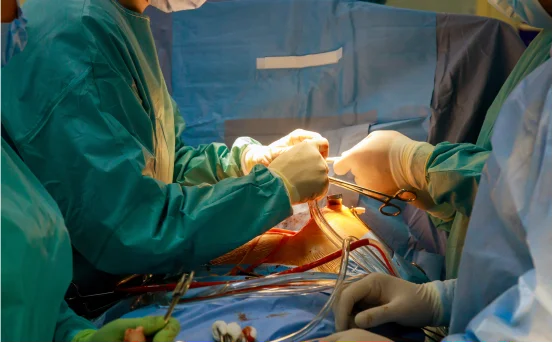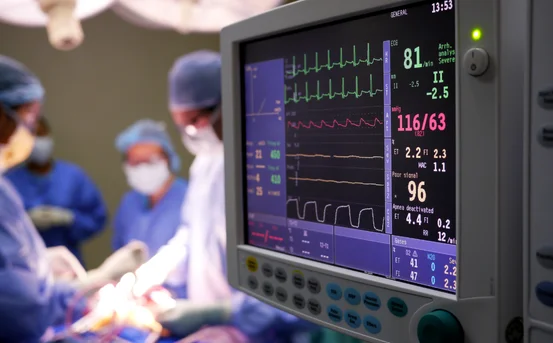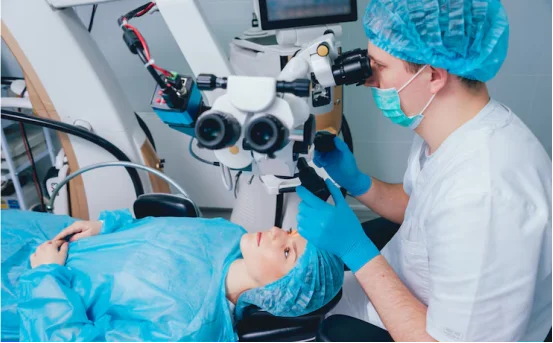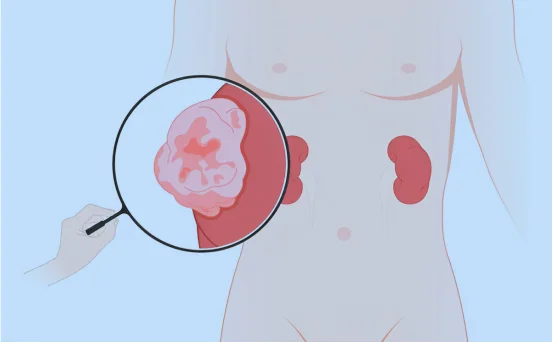A Thorcotomy is an operation that requires cutting an incision through the chest wall in order to access the organs inside the thoracic cavity like the lungs, heart, esophagus or important blood vessels. This major operation in surgery is usually performed to detect or treat ailments that affect the chest, specifically those that cannot be treated with minimally invasive procedures. Understanding of causes for thoracotomy surgery.
While thoracotomy may be vital for life or crucial to diagnose however, it also comes with significant risks and recovery. Thus, understanding the reasons behind the thoracotomy procedure is essential for both caregivers and patients who are preparing or contemplating this surgical procedure.
Why is a Thoracotomy Performed?
The main reason the thoracotomy procedure will be to gain access to organs inside the chest. It is usually advised in situations that non-surgical or minimally ininvasive methods (like thoracoscopy, imaging-guided procedures or thoracoscopy) are not enough for diagnosis or treatment.
Causes for Thoracotomy Surgery
Here are the main circumstances and conditions when the need for a thoracotomy is possible:
Lung Cancer and Lung Tumors
One of the main reasons to have a thoracotomy in order to eliminate lung cancers or the lobes in the lung affected by cancer (lobectomy or pneumonectomy). When there is a lung cancer that can’t be treated with minimally invasive procedures the thoracotomy permits surgeons to remove cancer-causing tissue as well as lymph nodes surrounding it.
Chest Trauma or Injury
In cases of blunt or penetrating trauma to the chest–such as from car accidents, gunshot wounds, or industrial injuries–thoracotomy may be necessary. This procedure is used to stop bleeding from the internal area, fix the damage to the heart or lung and even ensures the patient’s survival.
Pleural Diseases
Conditions such as the pleural effusion, empyema (pus in the pleural space), or tumors of the pleura could require the need for a thoracotomy if drainage of fluid or biopsy is needed. If the accumulation of fluid in the pleura is chronic or persistent surgery becomes necessary.
Lung Infections and Abscesses
Chronic or severe lung infection including lung abscesses as well as necrotizing pneumonia can require to be treated surgically when antibiotics are not effective. In these instances thoracotomy is a procedure that allows removal of necrotic or infected lung tissue.
Esophageal Disorders
Thoracotomy may be required to gain an operation to access the esophagus in the course of procedures to eliminate esophageal tumors or to repair perforations in the esophagus. In certain cases the minimally invasive procedure isn’t possible, requiring opening the thoracotomy.
Cardiac or Vascular Conditions
While heart surgeries are typically performed using sternotomy techniques, certain surgical procedures that involve blood flow like fixing the thoracic abdominal the aorta as well as the removal of tumors in mediastinal areas and require the use of thoracotomy. The procedures require access to blood vessels that are large or chest structures.
Diagnostic Thoracotomy
In the rare event that other tests for diagnosing (CT scans, MRI, thoracoscopy, or biopsy) do not provide definitive results the procedure of the diagnosis thoracotomy is carried out. This allows for the collection of tissues samples or look into the thoracic cavity in order to make the diagnosis.
Symptoms and Conditions Leading to Thoracotomy
Although thoracotomy is a therapy procedure, it’s usually triggered due to the following indications:
-
A persistent chest pain or unspecified discomfort
-
Breathing difficulties or chronic shortness of breath
-
Sputum is a source of blood (hemoptysis)
-
Chronic cough that is not responding to treatment
-
Recurrent lung infections
-
Abnormal chest X-rays, or CT scans
-
There are signs of cancer growth in the the chest cavity
Diagnosis Before Thoracotomy
Before undergoing thoracotomy surgery, health professionals perform an series of diagnostic tests to verify the need of the procedure:
-
Chest X-ray
-
The CT scans of chest
-
An MRI of the chest
-
PET scan (in cases of cancer)
-
Bronchoscopy
-
Tests for Pulmonary Function
-
Aspiration or biopsy (if possible, but not surgically)
These tests aid in determining the precise nature and severity of the condition that needs the thoracotomy procedure.
Treatment and Recovery After Thoracotomy
After the root of the issue is resolved by thoracotomy surgery, post-operative care is vital. The recovery process includes:
-
Epidurals for pain management or medication
-
The use of respiratory therapy in regaining lung function
-
Prevention of infection and wound care
-
Physical rehabilitation to regain mobility
-
Long-term follow-up of chronic or cancerous conditions
Conclusion
Thorcotomy is an essential surgical procedure that provides an emergency access point to the chest cavity. Knowing the reasons behind the need for thoracotomy–from trauma and lung cancer to pleural infections and pleural disease–can aid patients in making informed choices and plan for the procedure.
If you’re suffering from chronic respiratory problems or are having a diagnosis that could necessitate causes for thoracotomy surgery, you should speak with an surgeon for thoracic surgery to find out the most appropriate treatment method.























